Summer heat can quickly raise your aquarium’s water temperature, putting stress on fish, shrimp, and plants. High temperatures reduce oxygen levels, disrupt biological balance, and can even lead to illness or death. Here’s how to keep your tank cool, safe, and thriving all season long.
Top Methods to Cool Your Aquarium
- Monitor Temperature Closely: Use a reliable aquarium thermometer and check daily, especially during heat waves. Most tropical fish thrive at 74–80°F (23–27°C)[6].
- Reduce Ambient Heat: Move the tank away from windows and direct sunlight. Draw curtains or blinds during the hottest parts of the day. Avoid placing tanks near heat-producing appliances[1][5][6].
- Adjust Lighting: Lower the duration or intensity of your aquarium lights, especially if you don’t have demanding plants. Switch to energy-efficient LED lights to cut down on heat output[1][5][6].
- Use Cooling Fans: Place a small fan so it blows across the water surface. This boosts evaporation, naturally pulling heat from the tank. Aquarium-specific cooling fans are available, or use a clip-on desk fan[3][7][8][9].
- Open the Lid or Use a Mesh Cover: Removing the tank lid or switching to a mesh screen top improves ventilation and encourages evaporative cooling. This is especially effective when paired with a fan[3][5][6][9].
- Increase Surface Agitation: Add an air stone, sponge filter, or adjust your filter output to ripple the surface. This helps oxygenate the water, which is crucial because warm water holds less oxygen[3][6].
- Add Insulation: Insulate the back and sides of your tank with reflective foil or Styrofoam to slow heat gain from the environment. In emergencies, cover the front as well[3][9].
- Use Ice Packs or Bottles: Float a sealed bag of ice or a frozen water bottle in the tank to gently lower the temperature. Only use dechlorinated water for ice, and avoid sudden, large temperature drops[5][10][11][12].
- Partial Water Changes: Perform small (10–20%) water changes with slightly cooler, dechlorinated water to help bring temperatures down gradually[5].
- Invest in an Aquarium Chiller: For large tanks or sensitive species, an aquarium chiller offers precise, reliable temperature control. Chilllers are the most effective—though expensive—long-term solution for extreme heat[1][5][6][8][9].
Quick Reference Table: Cooling Methods
| Method | How It Works | Best For | Notes |
|---|---|---|---|
| Cooling Fan | Evaporative cooling | Most tanks | Increases evaporation, top off water often |
| Ice Packs/Bottles | Absorbs heat as ice melts | Small tanks, emergencies | Use dechlorinated water, avoid rapid drops |
| Chiller | Actively cools water | Large/sensitive tanks | Expensive, precise, reliable |
| Partial Water Change | Adds cooler water | All tanks | Change 10–20% at a time |
| Insulation | Slows heat gain | All tanks | Use foil or foam on back/sides |
FAQs: Keeping Aquariums Cool
Q: How much can a fan lower my tank’s temperature?
A: A fan blowing across the surface can reduce water temperature by 2–4°F (1–2°C), sometimes more in dry climates[7][9].
Q: Is it safe to use ice cubes in my aquarium?
A: Yes, if made from dechlorinated water and placed in a sealed bag or bottle. Avoid direct contact with fish and sudden temperature swings[5][10].
Q: Will increased evaporation affect my tank?
A: Yes, you’ll need to top off with dechlorinated water more often to maintain water level and salinity (in saltwater tanks)[3][7][9].
Pro Tips for Summer Aquarium Success
- Monitor temperature daily and act quickly if it rises above your fish’s safe range.
- Feed less during heat waves—warm water increases fish metabolism and oxygen demand.
- Keep filters clean and water well-oxygenated.
- For marine tanks, consider adding live microalgae such as PhycoPure™ Green Water to support oxygen levels and natural balance.
- For natural surface agitation and added biodiversity, try AlgaGenPods™ Tisbe copepods.
“A few simple adjustments—like adding a fan, shading the tank, and topping off with cool water—can make all the difference for your aquarium during summer heat.”
Further Reading & Product Spotlight
For more tips on aquarium care, see Copepods and Amphipods: A Complete Care Guide and Top 5 Live Feeds for Thriving Reef Tank Ecosystems. For products that support tank health, try PhycoPure™ Green Water and AlgaGenPods™ Tisbe.
Conclusion
Keeping your aquarium cool during summer heat is all about prevention, monitoring, and a few smart adjustments. With the right approach, you’ll protect your fish, plants, and invertebrates—ensuring a healthy, beautiful tank all year long.
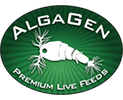
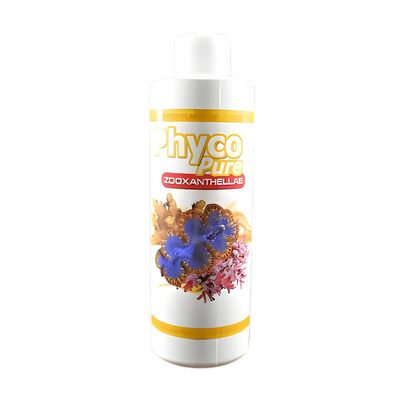
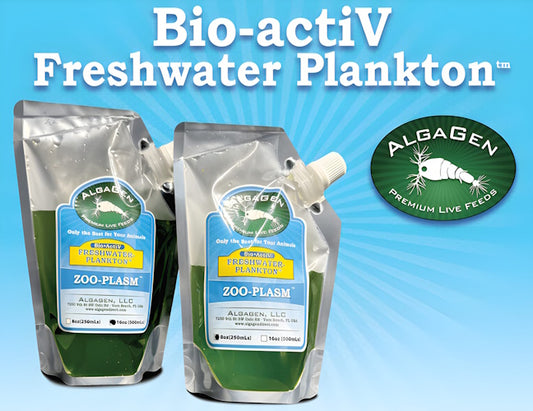
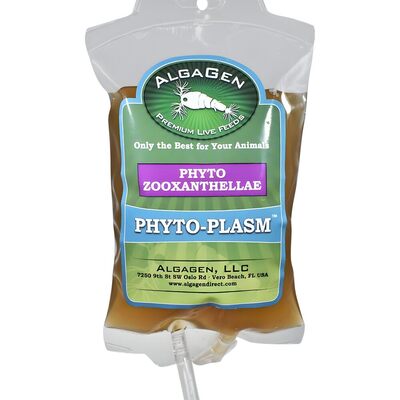
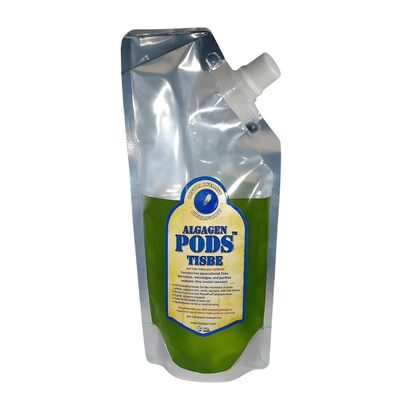
Recent post